Kaifeng: Ancient Capital of Eight Dynasties
The latest hit Chinese TV series, Menghua Lu, has been followed by a wave of interest in Kaifeng. Kaifeng, in Central China's Henan Province, has been referred to as the Ancient Capital of Eight Dynasties. Formerly known as Dongjing, or Bianjing, Kaifeng boasts abundant historical and cultural legacies.
The city, with a history of more than 4,100 years, served as the capital for eight dynasties and kingdoms in Chinese history — Xia Dynasty (2070-1600 BC), Kingdom of Wei (403-225 BC), Later Han (947-950), Later Zhou (951-960), Northern Song (960-1127) and Jin (1115-1234) dynasties.
Of the eight dynasties, the Northern Song Dynasty was the heyday of Kaifeng. With a population in excess of 1.5 million, Kaifeng, called Dongjing at that time, was the political, economic and cultural center of the dynasty. It was also a prosperous international metropolis.
Dongjing consisted of three layers — the outer city, inner city and imperial city — and had three city moats. Traffic, especially water transportation, was quite convenient, as the Bian River, or Tongji Canal, an important section of the Grand Canal, ran through the city.
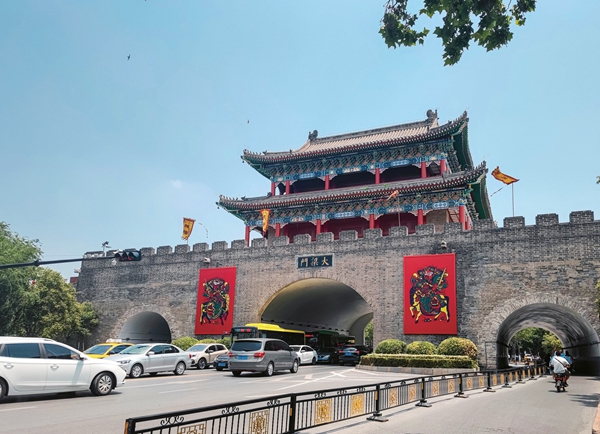
The grandeur and prosperity of Dongjing is vividly presented in the classical painting, Riverside Scene at Qingming Festival, by well-known artist Zhang Zeduan (1085-1145) of the Northern Song Dynasty. The painting, considered a national treasure, is in the collection of the Palace Museum, in Beijing.
The painting reflects the social life, civil culture and urban construction pattern of Dongjing. Although the 5.28-meter-long painting reflects only part of Dongjing, it is not difficult to deduce the general appearance of the whole city.
The book, Dongjing Menghua Lu, or Prosperous Record of the Song Dynasty Capital Dongjing, written in 1147 by Meng Yuanlao, is considered a text version of the Riverside Scene at Qingming Festival. From the city's layout, including its restaurants and stores, to the customs and etiquette back then, the book records the everyday life in the Northern Song capital.

With Riverside Scene at Qingming Festival as a blueprint, the Millennium City Park, a grand historical and cultural park covering more than 40 hectares, was established and opened to the public in 1998. The developers combined the architectural style of the Song Dynasty with modern architectural methods to reproduce the original landscape depicted in the painting.
Millennium City Park has become one of the most popular tourist destinations in Kaifeng. Various cultural activities and performances are held in the park, to give tourists an immersive experience of the lives and culture of the Song Dynasty. Many people have said they felt like they had been transported from modern China to the ancient Northern Song Dynasty while they have strolled through the park.
Song Dynasty • Dongjing Menghua is an outdoor, nighttime performance near the river in the park. It lasts 70 minutes, and it involves more than 700 actors and actresses. The brilliant show is a must-see for visitors.
The well-preserved city wall of Kaifeng, which is more than 14 kilometers long, is the second-longest ancient city wall in China. The longest is the 35-kilometer city wall of Nanjing, in East China's Jiangsu Province.
The earliest city wall of Kaifeng was built during the Kingdom of Wei. The existing city wall of Kaifeng was mainly rebuilt during the Qing Dynasty (1616-1911). In 1996, Kaifeng's city wall was included on the fourth list of protected national key cultural relics.
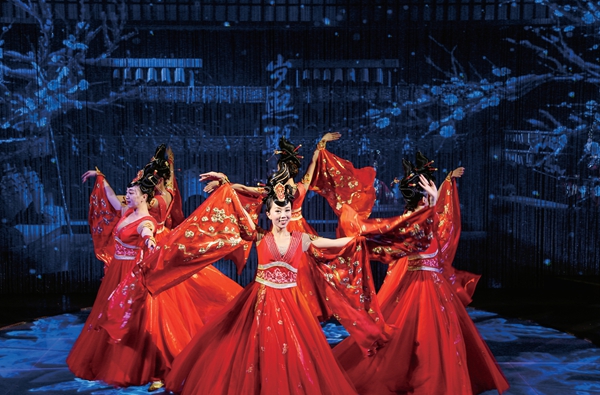
Throughout its history, Kaifeng has been destroyed by many wars and floods (from the nearby Yellow River), and that led to the rebuilding of the ancient city and its city walls many times. Archeologists have discovered five layers of ancient city walls buried 3 to 12 meters underground, below the existing city wall.
A museum was established on the north side of Daliang Gate to protect the heritage of the city wall. Daliang Gate, first built in 781 and rebuilt in 1998, is an important symbol of the ancient capital.
In 2019, Kaifeng invested about 20 million yuan (US $3 million) in high-tech renovations to Daliang Gate heritage site and the museum. The museum adopted virtual reality technology to realize the naked eye 3D effect, allowing visitors to stand on the ruins of ancient city walls and learn about the past scenes and stories of the city's walls.
Many parks have been built in the areas surrounding the city wall, and residents exercise and enjoy their leisure time in those parks every day.
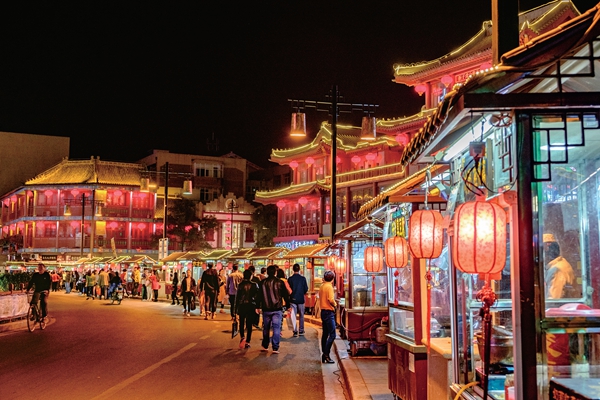
Kaifeng has many historical and cultural sites, including the Iron Pagoda, Yuwangtai, Po Pagoda, Xiangguo Temple and Baogong Memorial Hall, each of which has research, historical, cultural and tourism value.
Kaifeng is developing its cultural and tourism industries to a high-quality level, and the city is not only focusing on inheriting tradition but also on promoting innovation, Gao Jianjun, secretary of Kaifeng municipal Party committee, says.
In recent years, Kaifeng's heritage sites have been protected and renovated, and they've become known to more people. Kaifeng combines its cultural development with tourism through such events as the chrysanthemum cultural festival, Song cultural forum and several tourism projects related to the city's old buildings and history.
In the future, Kaifeng plans to improve its cultural influence and strive to become a top-tier international cultural and tourism city through international cooperation in trade, tourism, art and press industries, Gao says.
Photos Supplied by VCG
(Women of China English Monthly August 2022 issue)
Please understand that womenofchina.cn,a non-profit, information-communication website, cannot reach every writer before using articles and images. For copyright issues, please contact us by emailing: website@womenofchina.cn. The articles published and opinions expressed on this website represent the opinions of writers and are not necessarily shared by womenofchina.cn.

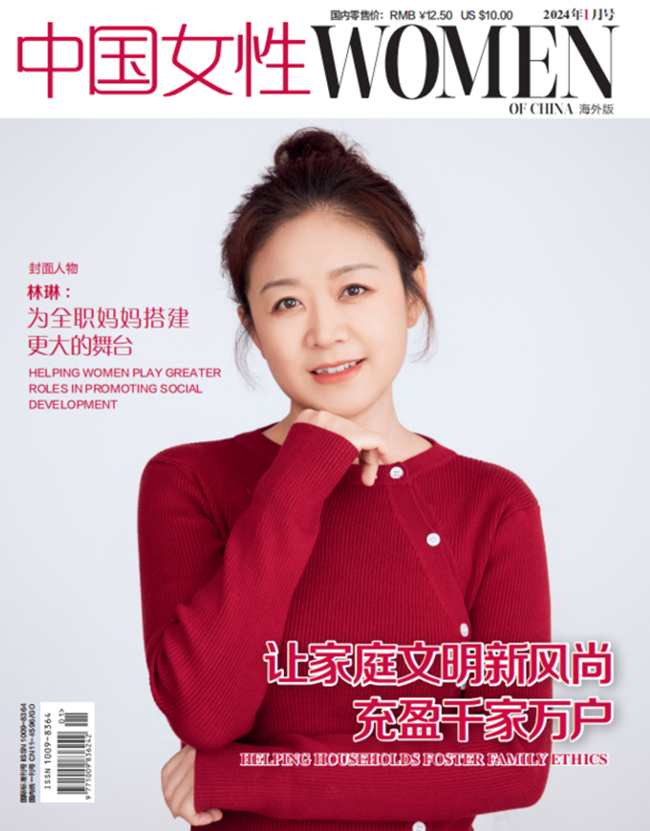


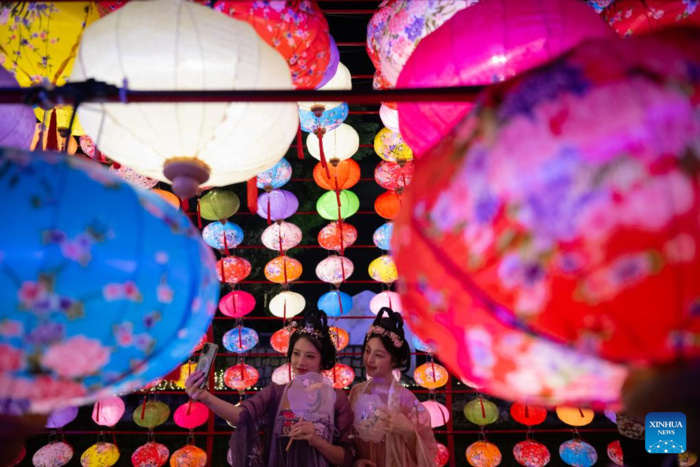

.jpg)

 WeChat
WeChat Weibo
Weibo 京公网安备 11010102004314号
京公网安备 11010102004314号